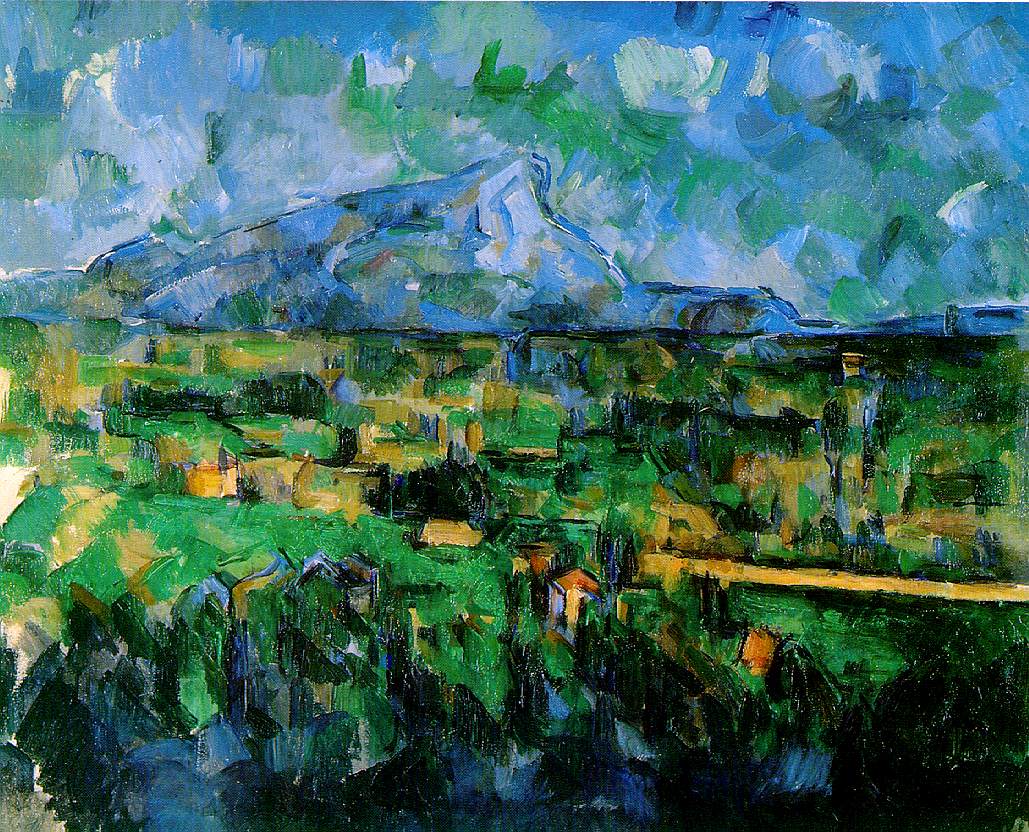Fêtes and Follies: The Roses of Heliogabalus
7:00 AM |
| Lawrence Alma-Tadema, The Roses of Heliogabalus, 1888 |
Oh, the glory of spring time. After months of coating-wearing and heater hogging, Nature gently reminds us that the world outside can feel, well, just right. 'Tis the season for animals (and people) to withdraw from their confined existence, and revel in their new found sunlight. For the average squirrel, this means going out, eating a bunch of food, and finding a mate. For the average teenage Roman emperor... well, it's essentially the same.
Elagabalus (Heliogabalus) was elected emperor at only 14 years old, and was assassinated only four years later. His reign was, to say the least, interesting. Like most youngsters with too much power, he frolicked in worldly pleasures. Wild rumors surrounded him throughout the empire, accusing him of freely prostituting himself to other men. He frequently sought out the company of the most attractive, well-endowed men he could find.
This painting is a testament to Elagabalus's short reign. He lays on his stomach, relaxed and draped in gold with a pensive, yet content smile. Behind him, a woman plays music and dons leopard fur around her hips, a tribute to the lusty Dionysus. A statue Dionysus, the Greek god of all things party, embraces his lover, a satyr boy named Ampelus, referencing Elagabalus's bisexual nature.
Roses seep through the bottom left of the painting, like incoming ocean waves onto the shore. It grows into the crowd of people, seemingly hiding their erotic ventures. Yet, they are drowning. Only the royals are safe from this public smothering. Yes, Elagabalus's rule may have been opulent, but only for him. This painting, though initially gay and full of life, enshrouds people below Elagabalus in flowery restrains. They are dazed, sinking further into their own pleasures. Rome needs a leader, and yet their ruler, though young, seems to care more about who he command to be his next lover, rather than commanding a country.


.jpg)
.jpg)
_-_Google_Art_Project.jpg)





0 comments